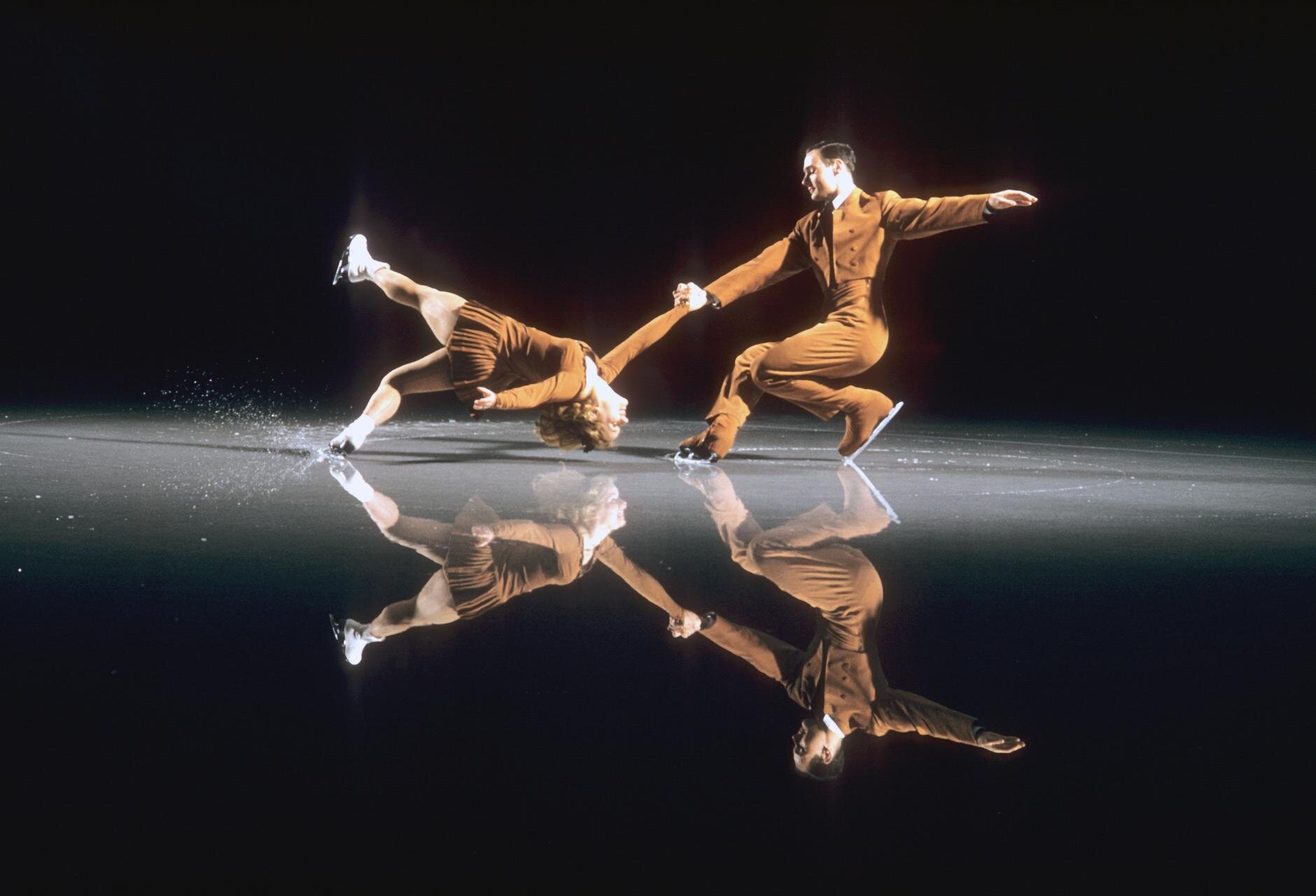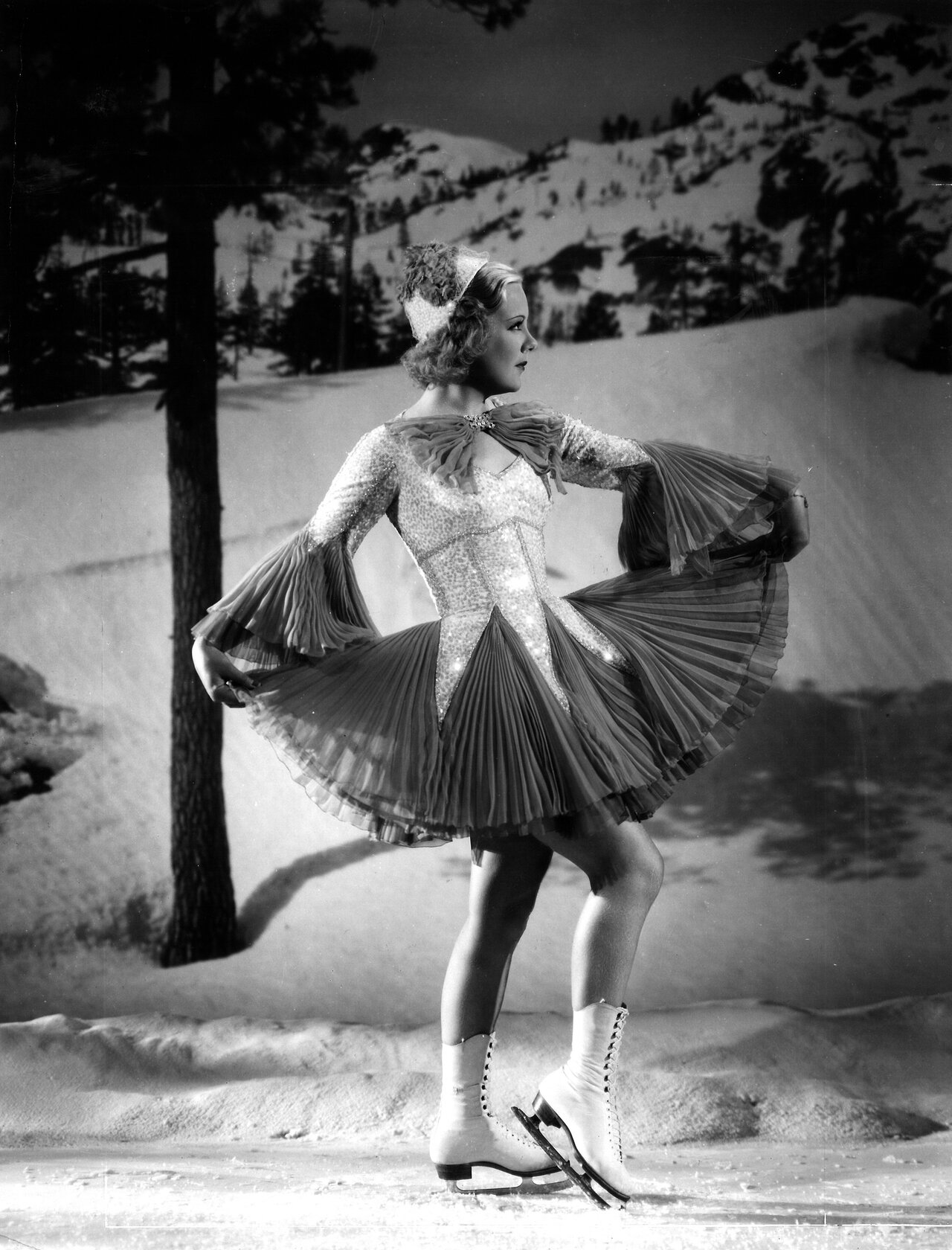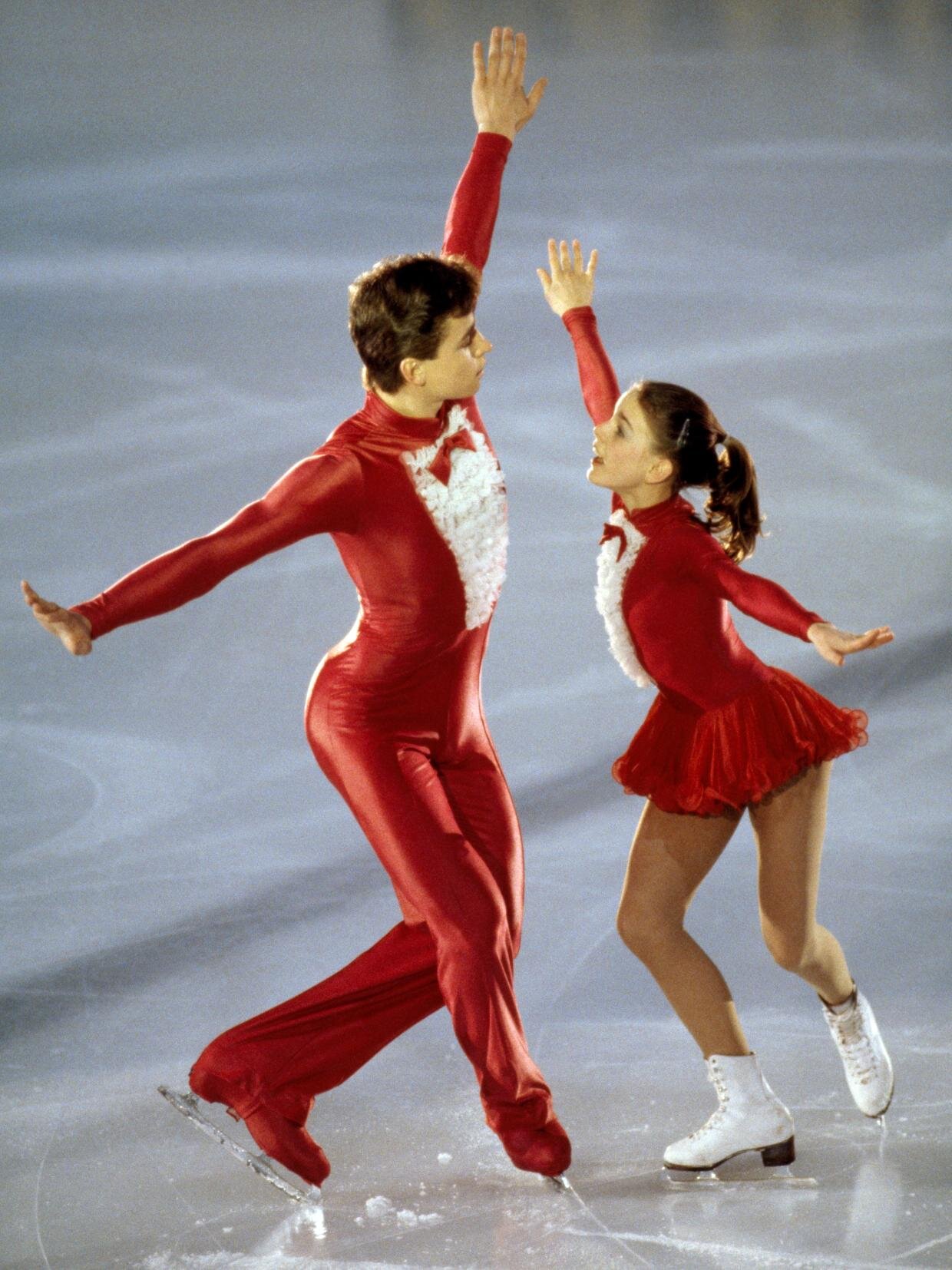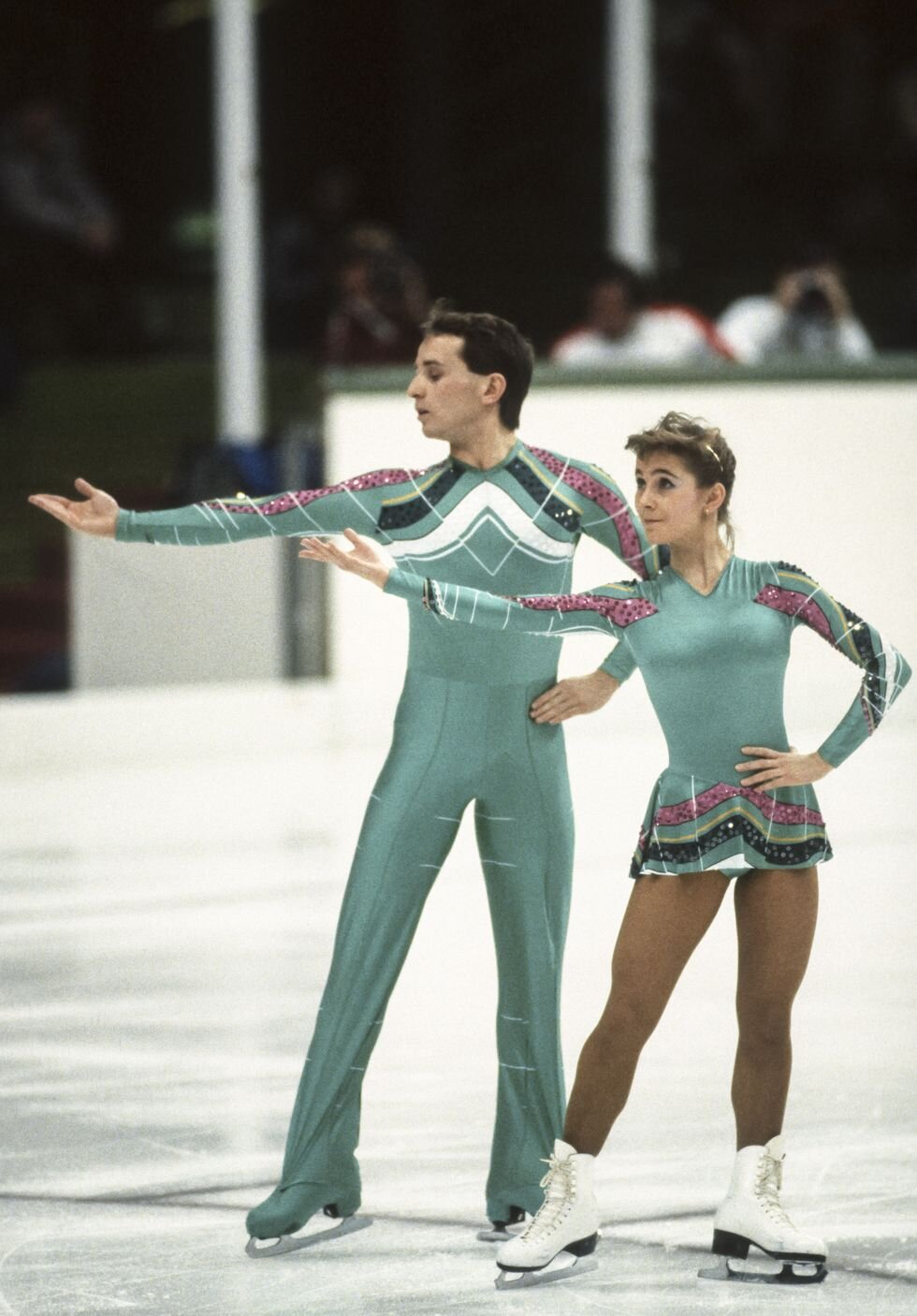The Fashionable World of Figure Skating
By Hannah Schmidt-Rees
Ok so I might not’ve posted for about three and a half months. Oops? And yes I will admit that I’ve been busy with uni and work, but to be honest, I didn’t really feel like I had anything to write about, it was kind of having fashion writing burnout, which is weird because you simply can’t run out of things to write about in the fashion industry. But anyways, it’s a new year and I feel ready to get back into it.
For the first article of 2020, I wanted to take a different approach. It’s time to talk about; olympic sports. I know, a weird subject for a fashion webzine, but it’s about fashion in sports. More specifically, figure skating fashion. Now I know that figure skating is not the only olympic sport that is known for it’s costuming (there’s gymnastics and synchronised swimming as examples), but I really think the figure skating costuming is the most significant.
Coming to popularity in the Victorian era, ice skating was for the higher class as a way to have fun. Women’s clothing were adapted to the ice, with slimmer silhouettes and skirts hemmed to the ankles. By the 1920s, hemlines rose the knee and costumes were worn simply for the weather, as wool skirts and sweaters dominated on the ice.
One of the most influential figure skaters was Norwegian skater Sonja Henie, rising to fame in the 1930 and breaking the rules of hemlines and the overall aesthetics and elegance of the costume, including setting the standard of white skates for women. During World War II, the overall fabric shortage also caused hemlines to rise even further, some even wearing hand-me-down dresses from other skaters.
By the 1960s, colour was used to a higher scale than ever before. In 1968, the first colour broadcast of the Winter Olympics showed Peggy Fleming wearing a long-sleeved lime green dress sewn by her mother. By the 1970s, crystals and rhinestone dotted hemlines and necklines. By the 1980s, as to no surprise, the costumes went wild. I don’t think I need to say anymore so here are some images for your entertainment:
By the 1990s and 2000s, nude illusions and elegant stoning are now the norm. Skaters are finding new ways to be more daring with their costumes, mixing theatricality and practicality to create a look that will never be forgotten.
Most olympic-level figure skating costumes can cost between $1000 and $5000, and can only be worn for one program. Most of the time, the costume is inspired by the routine and the choice of music, which is why many signature figure skating songs have their own signature colours, like white for Swan Lake. Costumes are a big deal, and they need to be hand-made in order to sustain the full program. Swarovski crystals are used in abundance, and are hand-applied, often taking 40 hours to fully stone. Even high-end designers can design costumes for skaters, including Vera Wang (who is a retired figure skater herself) and Roberto Cavalli.
Whilst skating costumes need to be aesthetically pleasing, they need to be durable. The judging world of skating is hardcore, and points can be deducted if the costume rips, the stones fall off or any part of the costume falls off onto the ice. Even if men wear tights in their routine, they can have points deducted, so it’s tapered pants for men only.
Even until 2006, women were only allowed to wear skirts on the ice, as full bodysuits and leotards were banned. This is due to Katarina Witt’s performance in 1988 (right), wearing a blue embellished leotard with ostrich feather trims. This was so scandalous that the International Skating Union created the ‘Katarina Rule’, which was only removed in 2006.
I never thought I’d be this interested in sport, but I think I’ll be falling into a figure skating hole pretty soon. I find it amazing how the fashion industry can be found in so many different and seemingly contrasting parts of the world. For figure skating, fashion can be used a form of armour, giving confidence and elegance to the athletes that bring strength and creativity to the ice.





